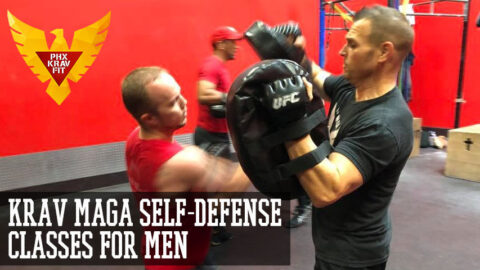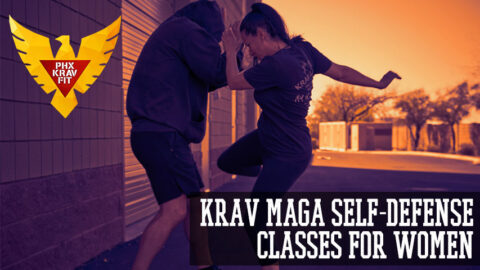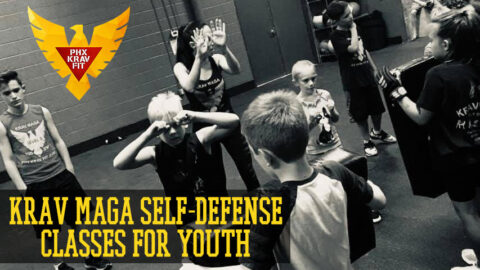FIT TO FIGHT: WORKOUT #1
I’ve written numerous times on the importance of fitness within combat. Whatever term you want to use to explain the physical ability to keep going, keep fighting and keep surviving is up to you, but it all comes down to having the energy to keep moving. Sometimes that “moving” is to continue to punch over and over again, maybe it is to move and parry a knife or stick being swung at your head and other times it just might be the ability to evade an attack and run for your life. These are all ways where you’ll need stamina, energy, endurance and even other physical attributes like speed and strength.
I was reading a book one day on basic combat and survival, and they gave a simple “combat” workout which they argued anyone needs to throw into their self defense training. It reminded me how simple it is to integrate this aspect into any type of your practice. This training could be hand to hand combat, firearms or any kind of escape and evasion. All it did was interlace basic cardio, strength and endurance exercises into whatever “techniques” they were working on.
The concept itself wasn’t surprising to me, as I’ve been teaching from that template for years, but my writings always focused on the “moves” and not the physical training which needs to be done in tandem to make the techniques functional. What exactly do I mean by this? Let me explain.
I always preach that anyone can do any “self defense technique” when they are relaxed and at a resting heart rate. On the other hand if a person can pull off a technique in training when they are winded, weak in the legs, shaking from physical exhaustion and even feeling a little sick in the stomach… That is the test of not only the technique, but of the practitioner.
Because this article is focusing on the practitioner, not the functionality of the move, I wanted to give you a very basic circuit training course which builds that much needed cardio and muscular stamina in a fight. All you need is any kind of “weight” which could be weight plates or even milk jugs filled with sand, a punching bag and orange traffic cones, or something you can mark a zig zag pattern on the ground with.
From wherever the heavy bag is placed (assuming it is not easily mobile), try to pace off 12-15 feet where you would lay out a zig zag pattern with your cones or markers. We’ll get extremely basic by using only two self defense moves: punches and knee strikes. Start at the zig zag cone set up, and sprint in a zig zag pattern for 10 reps. Then pick up whatever you’re using for weights and sprint to the heavy bag.
When there, perform 10 punches and then 10 knee strikes.
Then pick back up the weights and run back to the cone area. Congratulations! You just did one set. What is your goal? Ten total reps of this cycle. Is it basic? Yes. It is necessary for your combative training? Absolutely.
To some this may seem elementary, but sprinting back and forth, with weights will build the endurance you need to survive a fight. Do you want to use other self-defense moves? Go ahead! Interchange moves you like, use or even ones you’re learning into a template like this. Do you like to train firearms? Why not run a zig zag pattern with your gun holstered, carry weights to the firing line, and then pull and shoot your weapon?
What does all of this do?
It gets you breathing, fatigues your muscles and stresses out your nervous system, which are all results of getting attacked. Therefore, you practice whatever defensive move under the similar stress of a real altercation. It also builds awareness of what your or your moves’ limits are, so you practice the moves which you can really pull off. Lastly, it builds strength in your lungs, muscles and even mental toughness to fight through the fatigue and keep going.



